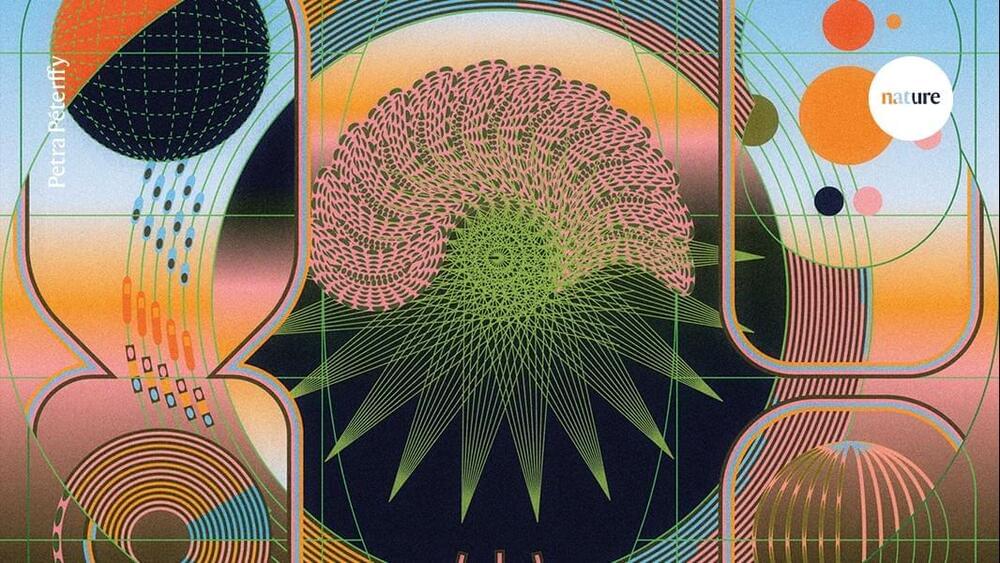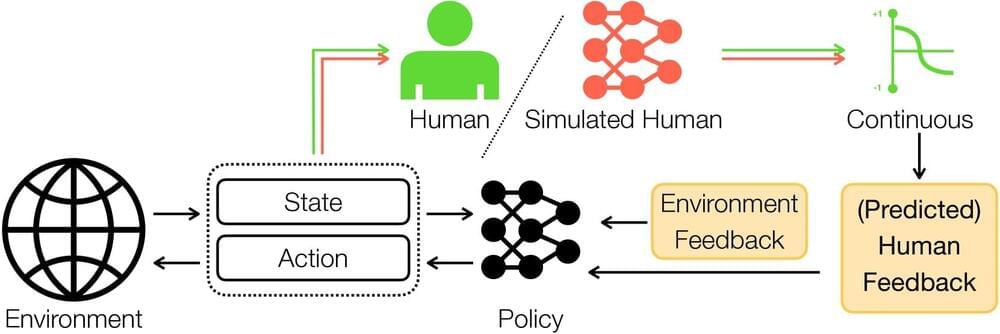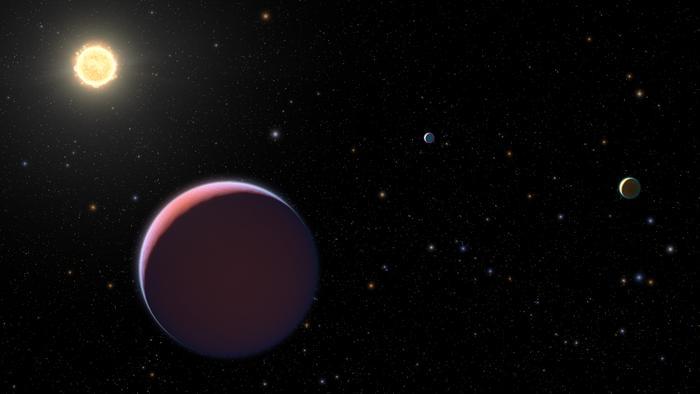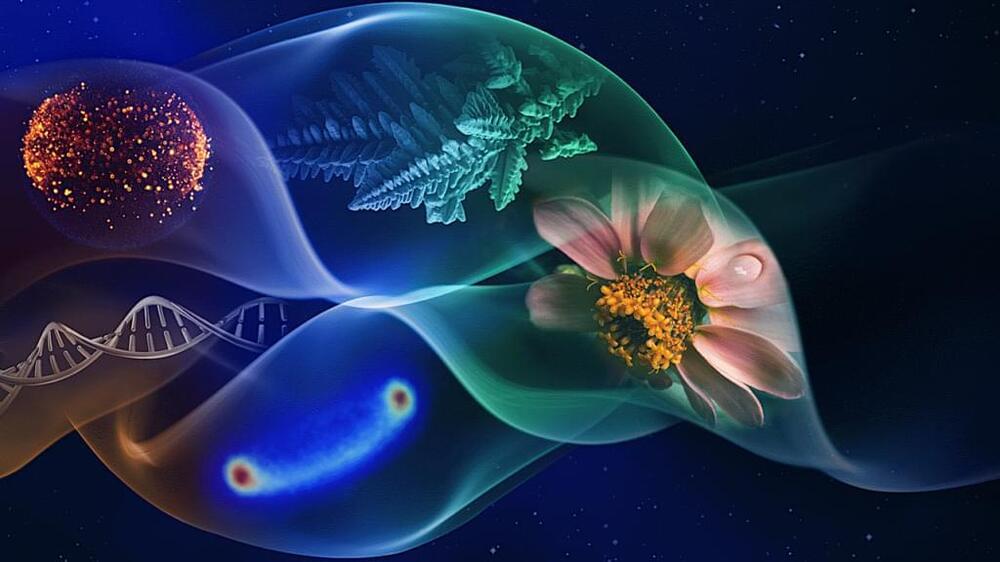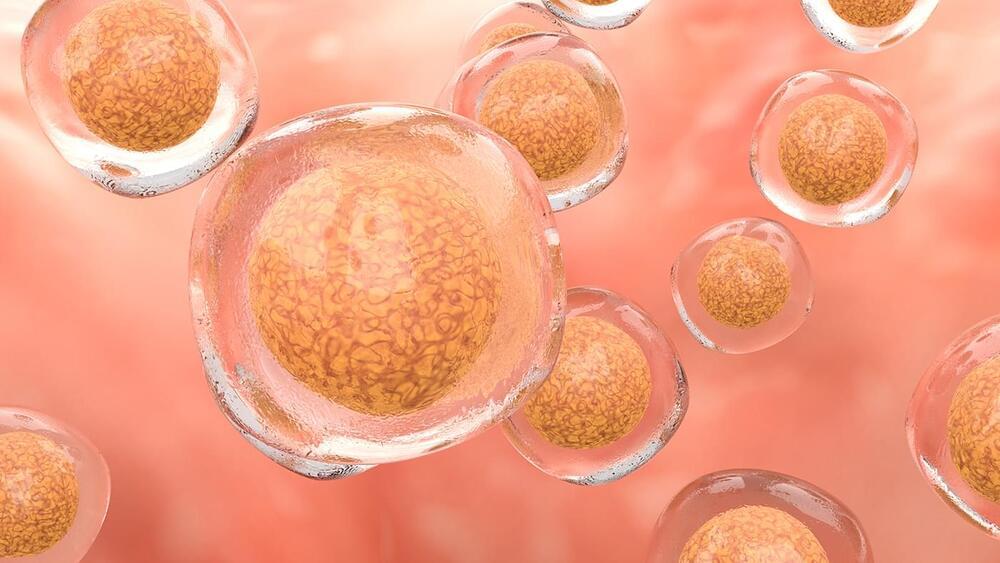
“In vivo measurement of basement membrane stiffness showed that ISCs reside in a more rigid microenvironment at the bottom of the crypt,” the article’s authors wrote. “Three-dimensional and two-dimensional organoid systems combined with bioengineered substrates and a stretching device revealed that PIEZO channels sense extracellular mechanical stimuli to modulate ISC function.”
The paper’s first author is Meryem Baghdadi, PhD, a former researcher at SickKids, and the paper’s senior authors are Tae-Hee Kim, PhD, a senior scientist at SickKids, and Danijela Vignjevic, PhD, a research director at Institut Curie. The study they led expanded on the work of one of the paper’s co-authors, Xi Huang, PhD, a senior scientist at SickKids.
In 2018, Huang found that PIEZO ion channels influence tumor stiffening in brain cancer. Inspired by this research, the collaborators in the current study set out to explore how stem cells in the intestines use PIEZO channels to stay healthy and function properly.
